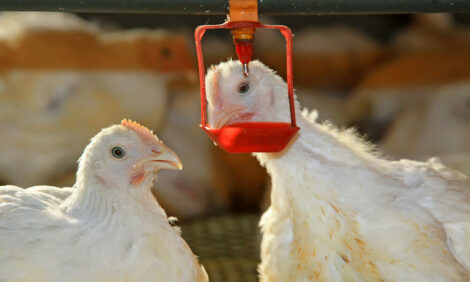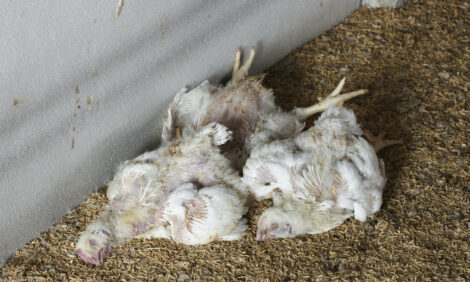



CME: USDA Reports Show Future Crop Prospects
US - All eyes yesterday were on two USDA reports – the annual ‘Acreage’ report and the quarterly ‘Grain Stocks’ report, write Steve Meyer and Len Steiner.Both reports were be issued before markets opened. Much of the attention in the press recently has been on the first report, which should offer an indication as to the number of acres farmers were able to plant with various crops this spring. However, much of the flooding around the Missouri River happened during and after the acreage survey was completed and consequently some grain analysts and market participants are cautioning that even this survey may overstate the total number of acres planted in corn, wheat and soybeans this spring. Recent media reports have noted that in North Dakota alone about 6.3 million acres of crop land will go unplanted this year due to excessively we conditions.
On average, analysts expect 90.7 million of corn acres planted this spring, about the same as the revised estimate in the latest WASDE report but well below the 92.2 million acres farmers intended to plant earlier this year.

The 'Grain Stocks' report is particularly important this year considering the very tight corn stocks situation.
On average, analysts expect total corn stocks as of 1 June to be 3.302 billion bushels, compared to 6.523 billion bushels on 1 March. If the analyst estimates are correct, this would imply a total corn use during March-May of 3.221 billion bushels. Could we see another surprise in the amount of corn used in Q3? It is possible considering the implied break-out of the various corn use channels.
Many of the estimates the authors have seen indicate that corn use for ethanol in the reference period (March-May) could be about two to four per cent higher than a year ago. Corn for other uses is expected to be little changed while corn exports are forecast at around 500 million bushels compared to 550 million bushels during the same period a year ago. By far the most uncertain portion of the corn use calculations is the feed and residual component (residual being corn that we have no idea where it went). If the current corn use estimate for March-May is correct, it would imply feed use during March-May of about 1.15 billion bushels, or nine per cent less than the previous year. Is that kind of decline reasonable? Consider that during this period, poultry production was up 3.1 per cent, beef production was up 0.2 per cent and pork production also rose 1.7 per cent. Probably more DDGS was used but that was likely limited in hogs and poultry.
As for wheat feeding, likely there was not much of that during March-May both from an availability standpoint but also because wheat prices traded at a premium to corn during the period. Corn ending stocks were estimated by USDA in their June report at 730 million bushels. Already, current analyst estimates are considered somewhat aggressive and if the 1 June stocks come in lower than expected, it could exacerbate old crop prices this summer, especially since the crop in the south (which comes to market early) will likely be in much worse shape than a year ago.
Further Reading
| - | You can view the full Acreage report by clicking here. |
Further Reading
| - | You can view the full Grain Stocks report by clicking here. |









